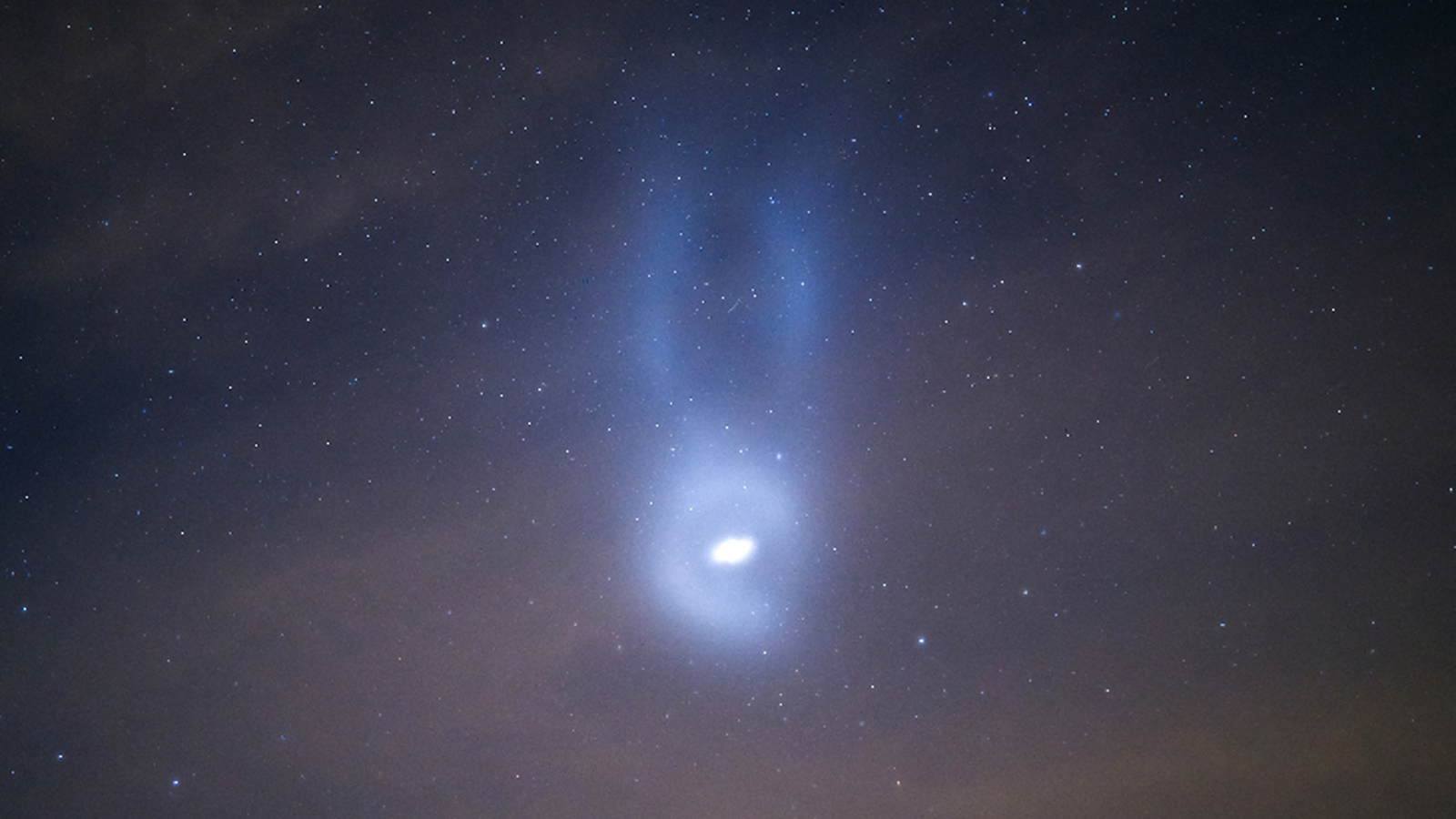Biomedicines, Vol. 12, Pages 789: Correlation between rCBV Delineation Similarity and Overall Survival in a Prospective Cohort of High-Grade Gliomas Patients: The Hidden Value of Multimodal MRI?
Biomedicines doi: 10.3390/biomedicines12040789
Authors: Amina Latreche Gurvan Dissaux Solène Querellou Doria Mazouz Fatmi François Lucia Anais Bordron Alicia Vu Ruben Touati Victor Nguyen Mohamed Hamya Brieg Dissaux Vincent Bourbonne
Purpose: The accuracy of target delineation in radiation treatment planning of high-grade gliomas (HGGs) is crucial to achieve high tumor control, while minimizing treatment-related toxicity. Magnetic resonance imaging (MRI) represents the standard imaging modality for delineation of gliomas with inherent limitations in accurately determining the microscopic extent of tumors. The purpose of this study was to assess the survival impact of multi-observer delineation variability of multiparametric MRI (mpMRI) and [18F]-FET PET/CT. Materials and Methods: Thirty prospectively included patients with histologically confirmed HGGs underwent a PET/CT and mpMRI including diffusion-weighted imaging (DWI: b0, b1000, ADC), contrast-enhanced T1-weighted imaging (T1-Gado), T2-weighted fluid-attenuated inversion recovery (T2Flair), and perfusion-weighted imaging with computation of relative cerebral blood volume (rCBV) and K2 maps. Nine radiation oncologists delineated the PET/CT and MRI sequences. Spatial similarity (Dice similarity coefficient: DSC) was calculated between the readers for each sequence. Impact of the DSC on progression-free survival (PFS) and overall survival (OS) was assessed using Kaplan–Meier curves and the log-rank test. Results: The highest DSC mean values were reached for morphological sequences, ranging from 0.71 +/− 0.18 to 0.84 +/− 0.09 for T2Flair and T1Gado, respectively, while metabolic volumes defined by PET/CT achieved a mean DSC of 0.75 +/− 0.11. rCBV variability (mean DSC0.32 +/− 0.20) significantly impacted PFS (p = 0.02) and OS (p = 0.002). Conclusions: Our data suggest that the T1-Gado and T2Flair sequences were the most reproducible sequences, followed by PET/CT. Reproducibility for functional sequences was low, but rCBV inter-reader similarity significantly impacted PFS and OS.

 1 month ago
28
1 month ago
28


